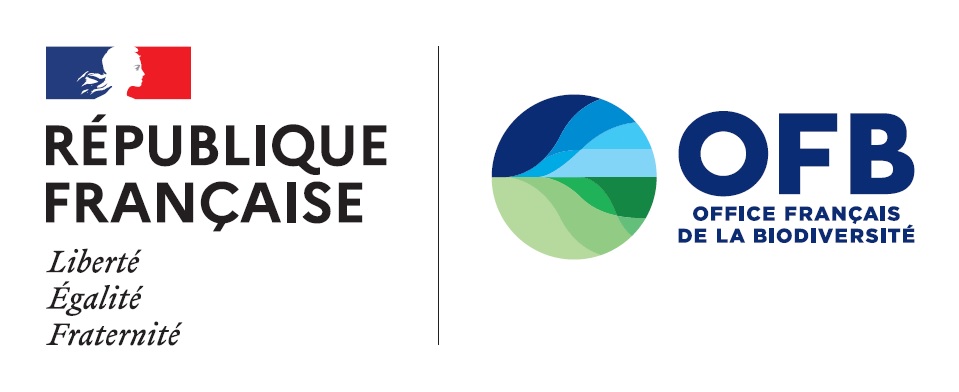Recherche sur le site
Recherche libre
Réduire la contamination chimique des milieux aquatiques : cinq années d'avancées et de résultats - n°23 | Rencontres |
Sous l’impulsion de la directive cadre sur l’eau, la réduction de la contamination chimique des milieux aquatiques fait l’objet d’un effort de recherche et développement sans précédent en France. Au programme de ce séminaire national : la présentation des résultats et outils développés ces 5 dernières années, dans le cadre d’une forte mobilisation du BRGM, de l’Ifremer, de l’Ineris et d’Irstea.

Ecrevisses exotiques invasives : état des lieux et pistes de gestion - n°22 | Rencontres |
Sur les 9 espèces d’écrevisses recensées en France en 2013, 6 ont été introduites au cours du XXe siècle et 3 d'entre elles sont des invasives avérées. Les 1res Rencontres nationales sur les écrevisses exotiques invasives ont permis de réaliser un état des lieux et d'aborder les pistes de gestion.

Biodiversité aquatique : du diagnostic à la restauration - n°21 | Rencontres |
Quelles pistes pour la gestion des rivières et plans d’eau ? Tel était le thème du séminaire national qui restituait une trentaine d’actions de recherche partenariales autour de la biodiversité aquatique. Outre un état des lieux de la biodiversité des milieux aquatiques, cette rencontre a permis de présenter un ensemble d’outils novateurs pour son suivi et sa restauration, dans le contexte du changement global.

Chemical contamination of aquatic environments. Tools and methods for assessment and action | Rencontres-synthèse |
Confronted with the vast array of polluting substances and the complexity of their effects on both ecosystems and lifeforms, water managers and stakeholders have expressed growing needs for operational knowledge, tools and methods. This document propose a progress report on the available tools and methods, on current projects and on the outlook for current research.

Guides and protocols | Page éditoriale
Guides sharing tools of working methods for knowledge of biodiversity, water police and support for public policies.

Guide on setting up buffer zones to limit the transfer of farm contaminants | Guides et protocoles |
This guide sums up the currently available knowledge on setting up buffer zones to limit the transfer of farm substances (pesticides, nutrients) to aquatic environments.

Elus locaux, comment agir sur votre territoire pour l’avenir de l’eau et des milieux aquatiques ? n°20 | Rencontres |
Pour préserver et reconquérir la qualité des eaux, les élus locaux ont un rôle majeur à jouer dans la sensibilisation des populations et dans la réalisation d'actions concrètes. Cette synthèse est issue d'une table ronde, organisée en 2012 au Salon des maires et des collectivités locales, qui visait à inciter les élus, grâce à des retours d'expériences, à élaborer des démarches territoriales.

Les espèces exotiques envahissantes dans les milieux aquatiques, vol. 1 - Connaissances pratiques | Comprendre pour agir |
Les espèces exotiques envahissantes (EEE) et leurs impacts sont une préoccupation croissante pour les gestionnaires d’espaces naturels, particulièrement dans le cas des milieux aquatiques où un grand nombre d’acteurs se mobilise pour agir. Ce 1er volume dresse un état des lieux sur les espèces exotiques envahissantes dans les milieux aquatiques de Métropole.

Voies navigables et continuité écologique - n°19 | Rencontres |
Le développement du transport fluvial doit s'inscrire dans une stratégie plus respectueuse de l'environnement, notamment de réduction des impacts sur la continuité écologique. Au programme de ces rencontres : un état des lieux des actions initiées et la définition d'objectifs d'amélioration de la continuité longitudinale et latérale de ces voies d'eau.

Plan national d’actions sur les PCB : qu’avons-nous appris ? - n°18 | Rencontres |
La pollution aux polychlorobiphényles (PCB) a refait surface en 2006 avec l'adoption par l'Union européenne de nouvelles normes sanitaires pour la consommation des poissons d'eau douce. Le plan d'actions qui en a découlé en France a généré un ensemble d'avancées pour la compréhension des transferts de PCB des sédiments aux poissons, et pour la connaissance du niveau de l'exposition humaine. Compte-rendu.






